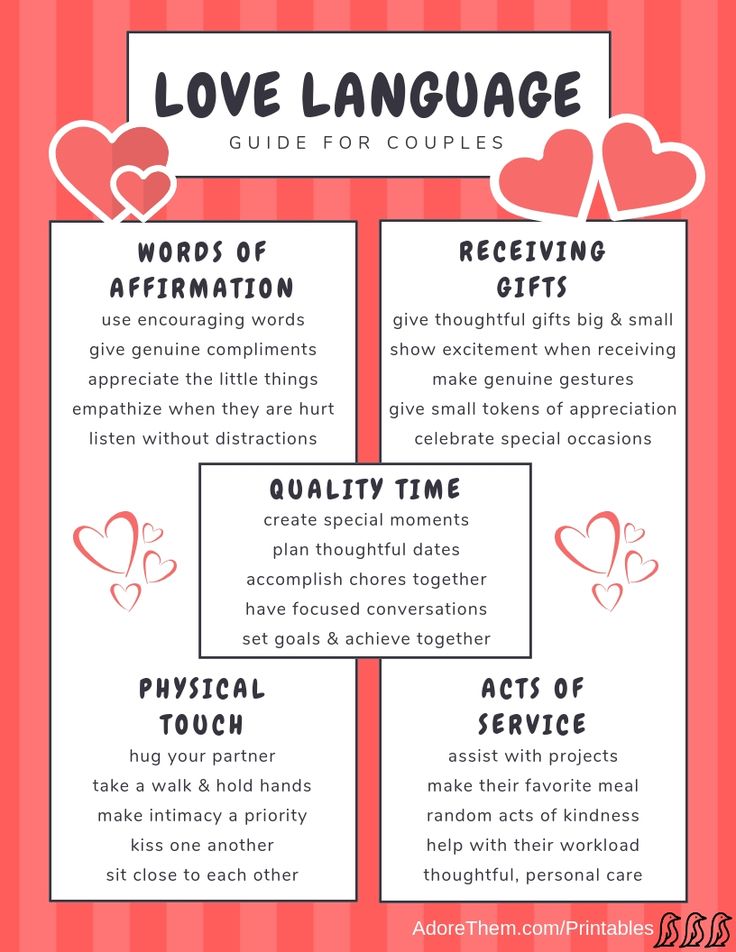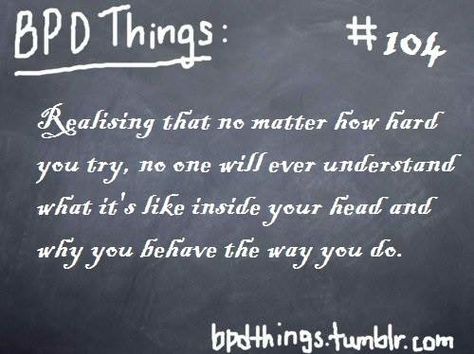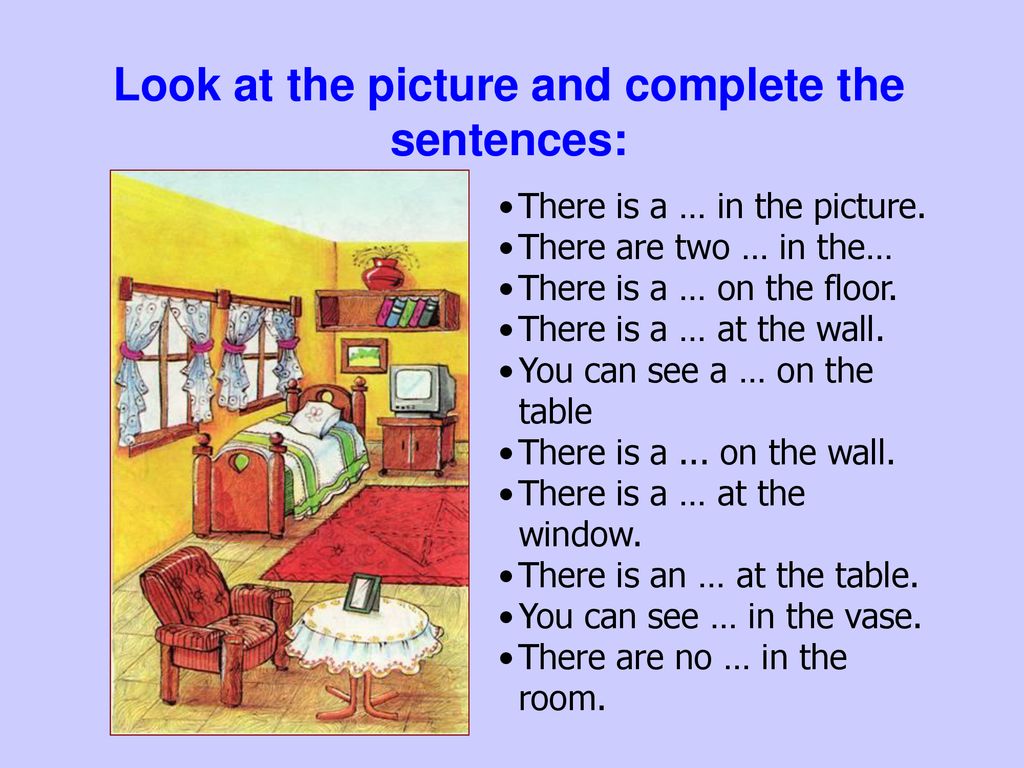Standardized psychological testing
Frequently Performed Psychological Tests - Clinical Methods
Definition
A psychologic test is a set of stimuli administered to an individual or a group under standard conditions to obtain a sample of behavior for assessment. There are basically two kinds of tests, objective and projective. The objective test requires the respondent to make a particular response to a structured set of instructions (e.g., true/false, yes/no, or the correct answer). The projective test is given in an ambiguous context in order to afford the respondent an opportunity to impose his or her own interpretation in answering.
Technique
Psychologic tests are rarely given in isolation but as a part of a battery. This is because any one test cannot sufficiently answer the complex questions usually asked in the clinical situation. Most diagnostic questions require the assessment of personality, intelligence, and perhaps even the presence of organic involvement. A typical battery of tests includes projective tests to assess personality such as the Rorschach and the Thematic Apperception Test (TAT), an objective personality test such as the Minnesota Multiphasic Personality Inventory (MMPI), a semistructured test like the Rotter Incomplete Sentence Test, and an intelligence test, usually the Wechsler Adult Intelligence Scale Revised (WAIS-R).
The most important consideration for the physician is when to ask for psychologic assessment. As with medical diagnostic procedures, we are interested in finding answers to diagnostic questions that cannot be obtained through direct observation or interview. In our clinical experience, there are a myriad of circumstances requiring psychologic consultation either to assist in or rule out medical intervention. Some of the more typical situations include compliance, behavioral management, affirmation of clinical findings, the use of supportive drug therapies, and continuity of care issues.
Five case examples are offered to illustrate the above situations.
Mr. S. was a 35-year-old single salesman hospitalized for gastrointestinal problems associated with a previous operation. He had a history of noncompliance with both drugs and nutrition regimens. Severe debilitation would ensue following outpatient treatments, after which he would be hospitalized. This pattern repeated itself several times.
Psychologic assessment data were consistent with a pattern of addictive behavior and poor coping mechanisms under stressful conditions. Recommendations included a drug rehabilitation program and stress management techniques.
Dr. L., a 68-year-old retired dentist, had severe behavioral management problems with the nursing staff. He was verbally punitive and intrusive of other patients" privacy. Psychologic assessment revealed an organic brain syndrome indicating greater individual care and a lower expectation of his performance.
A 21-year-old single male, Mr. N., was admitted for hospitalization complaining of severe stomach pains and rectal bleeding. Psychologic testing was administered because the internist could find no evidence of physical pathology. Test battery results described a young man under an inordinate amount of stress due to a huge difference between his intellectual capabilities and the demands of his work place.
The recommendation was to find other employment and to work with a counselor to develop more realistic vocational goals.
Ms. C. was a middle-aged housewife complaining of panic attacks of unknown origin. She also said that she was in severe depression because of the death of her daughter 2 years previously. The clinical question was whether she should be given antidepressants or antianxiety agents as an adjunct to psychotherapeutic intervention. Test results were consistent with a state of anxiety as opposed to an affective disorder.
Ms. B. was a 23-year-old single female who was hospitalized following a drug overdose from a suicide attempt. Information was needed to determine how dangerous she was to herself, how restrictive an environment she needed for treatment, and what type of therapy was appropriate. Test results confirmed a compulsive personality with a dramatic flair. Ms. B. needed extensive individual psychotherapy but did not require lengthy hospitalization.
Nevertheless, it was essential to link her with outpatient care while she was still motivated to receive care.
Although the above examples are by no means exhaustive, they do point out the variety of commonly occurring circumstances in which psychologic assessment may be useful. It is important when ordering testing to formulate the diagnostic question in as specific a manner as possible. Such requests as "describe personality dynamics" or "rule out psychologic disturbance" are too general to answer in an effective and efficient manner. Do not hesitate to ask exactly what you want to know. The psychologist will inform you if he or she is unable to answer. Use the examples described above to formulate your question: Is this patient depressed? Is this patient psychotic? Why is this patient not conforming to the treatment regimen?
When presenting a patient to a psychologist for evaluation, it is helpful to have demographic data and a detailed history of the client.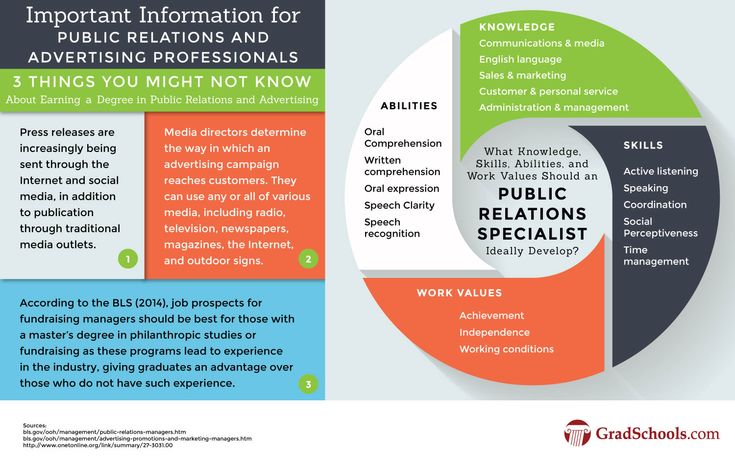 Also, the description presented of the problems should be in behavioral terms. Saying that a patient appears to be depressed is not as helpful as describing him or her as having a loss of appetite, early morning rising, or slowness of speech. If the patient is a management problem, give a concrete description of what this entails: won"t go to rehabilitation therapy, won"t let a technician draw blood.
Also, the description presented of the problems should be in behavioral terms. Saying that a patient appears to be depressed is not as helpful as describing him or her as having a loss of appetite, early morning rising, or slowness of speech. If the patient is a management problem, give a concrete description of what this entails: won"t go to rehabilitation therapy, won"t let a technician draw blood.
Finally, the referring physician may request either a specific test or an abbreviated battery. While some psychologists will go along with this practice, we do not encourage it. Psychologic tests, particularly personality ones, are only as good as the skills of the individual who administers and interprets them. The psychologist must feel confident and competent in the battery that he or she administers. Therefore, the number and choice of tests should be those of the psychologist, just as the medical procedures chosen for a patient are the responsibility of the physician in charge.
Basic Science
The most commonly used personality tests are the Rorschach, TAT, and MMPI.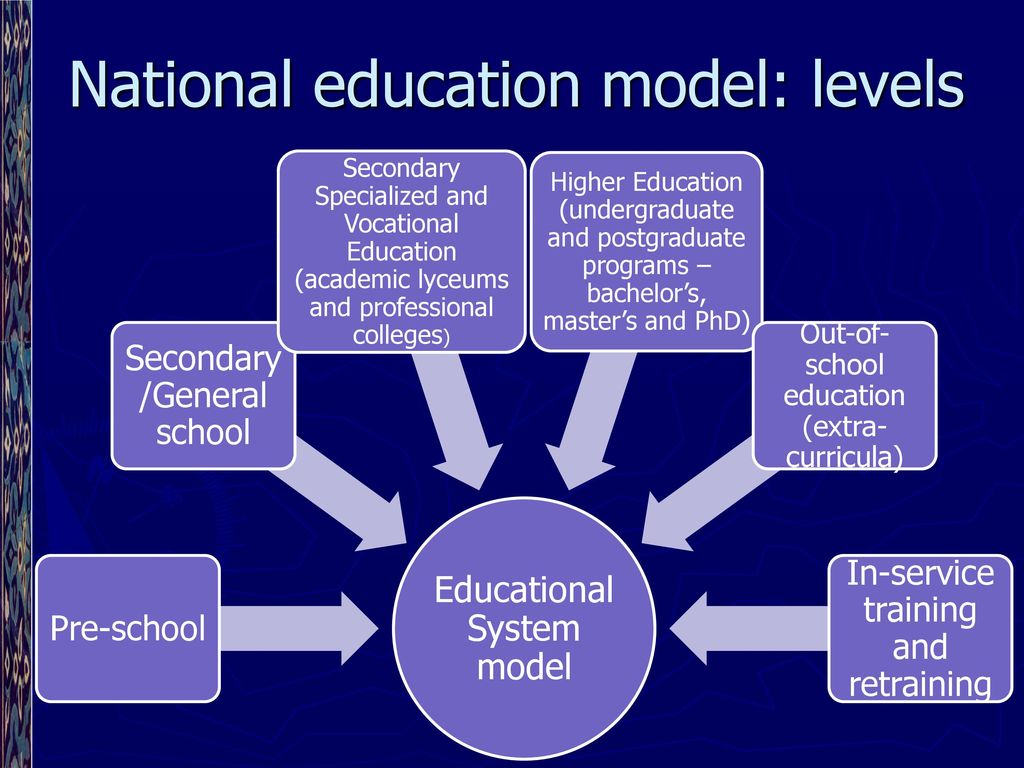 The assumptions underlying projective tests such as the Rorschach and TAT are that the standard set of stimuli are used as a screen to project material that cannot be obtained through a more structured approach. Ambiguous inkblots or pictures reinforce the use of individual expression and reduce resistance. A frequent criticism is the assumption that the individual simply responds to ambiguity with trivia or with what was most recently experienced, such as last night's television fare. The response to this criticism is the notion of psychic determinism. Behavior is a function of choice, not chance. Thus, how a person responds is a reflection of personal motives, fantasies, and needs.
The assumptions underlying projective tests such as the Rorschach and TAT are that the standard set of stimuli are used as a screen to project material that cannot be obtained through a more structured approach. Ambiguous inkblots or pictures reinforce the use of individual expression and reduce resistance. A frequent criticism is the assumption that the individual simply responds to ambiguity with trivia or with what was most recently experienced, such as last night's television fare. The response to this criticism is the notion of psychic determinism. Behavior is a function of choice, not chance. Thus, how a person responds is a reflection of personal motives, fantasies, and needs.
The best-known psychologic assessment tool is the Rorschach, the "inkblot test." It was first published by Hermann Rorschach in 1921 and was introduced to the United States in 1930 by Samuel Beck. The test consists of 10 symmetrical inkblots, half of which are acromatic. It is administered by giving the respondent one card at a time and asking him or her to describe what is seen. The respondent is told that he or she can see one or more things and that there are no right or wrong answers. The tester records the responses verbatim. There is then a second phase of testing called the inquiry. The respondent is again presented with each of the ten cards and asked to note the location of the response and what determines his or her answers.
The respondent is told that he or she can see one or more things and that there are no right or wrong answers. The tester records the responses verbatim. There is then a second phase of testing called the inquiry. The respondent is again presented with each of the ten cards and asked to note the location of the response and what determines his or her answers.
A large body of research takes to task the reliability and validity of projective techniques in general and the Rorschach in particular. The issue of reliability cannot be approached in a conventional sense with projective techniques. The Rorschach inkblots and the TAT pictures do not lend themselves to split-half reliability because the stimuli are not designed to be equivalent with each other. Test–retest reliability is difficult because many of the variables addressed by the test are affected by time. Interjudge reliability indices using Rorschach summary scores have been reported to be favorable, and Exner (1978), using his own scoring system, has reported test–retest reliability correlations ranging from .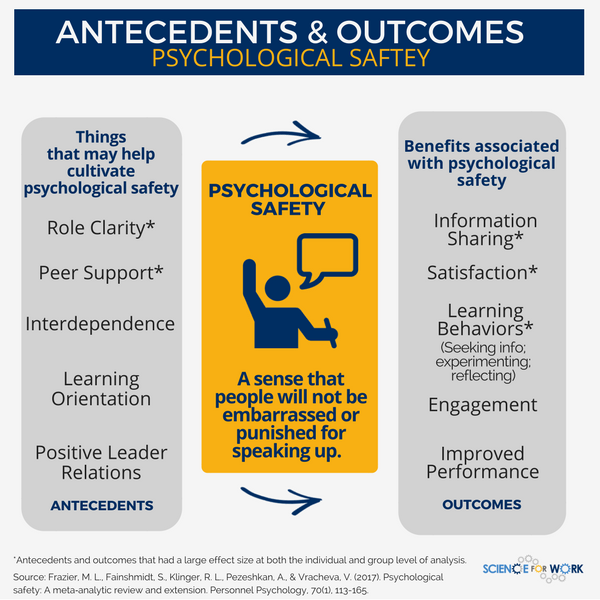 50 to .90 on 17 different variables.
50 to .90 on 17 different variables.
Attempts at measuring the validity of the Rorschach also suffer from problems inherent in the nature of the test. The Rorschach is designed to assess highly complex, multidetermined behaviors for which prediction about specific acts is nearly impossible. It also assesses covert needs and fantasy life that may not currently or ever manifest themselves in overt behavior. Concurrent validity is contaminated by the unreliability of psychiatric diagnoses and the fact that individuals with similar diagnoses may indeed behave differently. In response to the criticisms on validity, Korner (1960) has answered that there is no good assessment technique capable of predicting behavior, so why criticize the Rorschach. He goes on to point out that projective techniques are not magic. They describe the personality at work, its adaptations and compromises, and the balance between fantasy and the demands of reality.
The TAT was developed by Henry Murray and Christiana Morgan in 1935.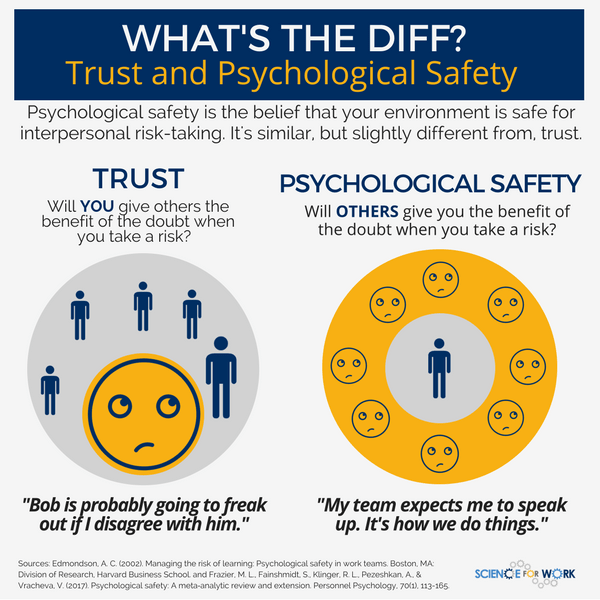 It consists of 30 achromatic picture cards, categorized into those appropriate for boys, girls, men, and women. It is customary to present approximately 10 cards to the respondent, who is then asked to tell a story about what is happening in the picture, what led up to it, and how will it turn out. The respondent is also asked to describe the characters" thoughts and feelings. As with the Rorschach, interjudge reliability is the most applicable test. Correlations have been about .80. The validity of the TAT can be measured when it is defined using specific procedures with a particular population and operationally defined criteria. Studies have examined both construct and concurrent validity. Stories have correlated significantly with behavioral measures of achievement and aggression. A correlation of .74 has been obtained between TAT expressed needs and those needs rated from autobiographies.
It consists of 30 achromatic picture cards, categorized into those appropriate for boys, girls, men, and women. It is customary to present approximately 10 cards to the respondent, who is then asked to tell a story about what is happening in the picture, what led up to it, and how will it turn out. The respondent is also asked to describe the characters" thoughts and feelings. As with the Rorschach, interjudge reliability is the most applicable test. Correlations have been about .80. The validity of the TAT can be measured when it is defined using specific procedures with a particular population and operationally defined criteria. Studies have examined both construct and concurrent validity. Stories have correlated significantly with behavioral measures of achievement and aggression. A correlation of .74 has been obtained between TAT expressed needs and those needs rated from autobiographies.
The most frequently used objective test for personality is the MMPI. It was published by Hathaway and McKinley in 1943 and revised in 1951. It is designed for ages 16 and over and contains 566 items to be answered yes or no. It may be administered to an individual or group, and the answer sheets can be hand- or machined-scored. The respondent is asked to read each question and decide what is true or false as applied to him or her and then to mark that response on the answer sheet. The test has four validity scales and eight clinical scales. The scales were developed empirically by administering an item pool to a large group of normal subjects, and contrasting their responses to those of selected homogeneous criteria groups of psychiatric patients. Those items that discriminate between the groups were used.
It is designed for ages 16 and over and contains 566 items to be answered yes or no. It may be administered to an individual or group, and the answer sheets can be hand- or machined-scored. The respondent is asked to read each question and decide what is true or false as applied to him or her and then to mark that response on the answer sheet. The test has four validity scales and eight clinical scales. The scales were developed empirically by administering an item pool to a large group of normal subjects, and contrasting their responses to those of selected homogeneous criteria groups of psychiatric patients. Those items that discriminate between the groups were used.
Results of the test are coded onto a profile sheet for interpretation. The mean t-score for each scale is 50 with a standard deviation (SD) of 10. The scale is significantly elevated beyond an SD of 2 or t-score of 70. Even though the MMPI is empirically derived, it shares a similar problem with the projective tests in terms of reliability and validity, that is, it is based on psychiatric diagnoses. How valid and reliable were the diagnoses of the patients in each of the criteria groups? The MMPI thoroughly addresses some other aspects of validity. The lie score (L) assesses social desirability. The F score is an internal consistency check, and the K score assesses test-taking attitude along a frankness–defensive continuum.
How valid and reliable were the diagnoses of the patients in each of the criteria groups? The MMPI thoroughly addresses some other aspects of validity. The lie score (L) assesses social desirability. The F score is an internal consistency check, and the K score assesses test-taking attitude along a frankness–defensive continuum.
An interesting hybrid between the projective and objective assessments is the semistructured incomplete-sentence test. While ostensibly a projective technique in which the respondent reflects his or her own wishes or conflicts to complete a sentence stem, it easily lends itself to objective scoring or screening for experimental use. The Rotter Incomplete Sentence Test is one of the more popular of this form of assessment. It contains 40 sentence stems each of which is to be completed by the respondent. The test takes approximately 20 minutes to complete and may be administered to an individual or to a group. It was originally used as a screening device to determine mental disturbance at an army convalescent hospital.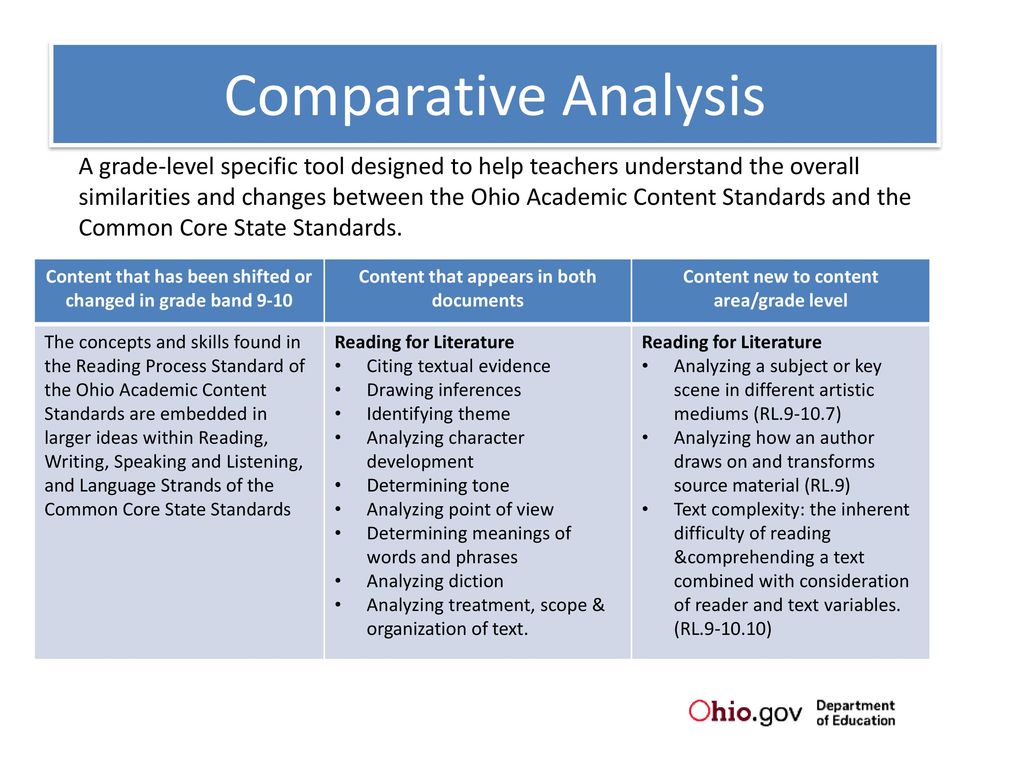 Reliability and validity correlations are quite acceptable. The interjudge reliability is about .90, and split-half reliability is .83. As to validity, correlation coefficients with adjustment and maladjustment classifications for women was .64 and for men .77.
Reliability and validity correlations are quite acceptable. The interjudge reliability is about .90, and split-half reliability is .83. As to validity, correlation coefficients with adjustment and maladjustment classifications for women was .64 and for men .77.
The use of intelligence testing in a clinical setting may be puzzling to the reader. In many ways the intelligence test is the foundation for differential diagnosis to the psychologist. The intelligence test measures major mental abilities that may be affected by the presence of an organic disease or injury, thought disorder, or environmental stress. The patterning of the scores on the intelligence test gives the psychologist clues as to the presence, extent, and relative influence of each of the above factors. The most empirically sound intelligence test is the WAIS-R, which was revised in 1981. The WAIS-R contains 11 tests, 6 verbal and 5 nonverbal. It was standardized on a stratified sample of ages ranging from 16 to 74 years, 11 months.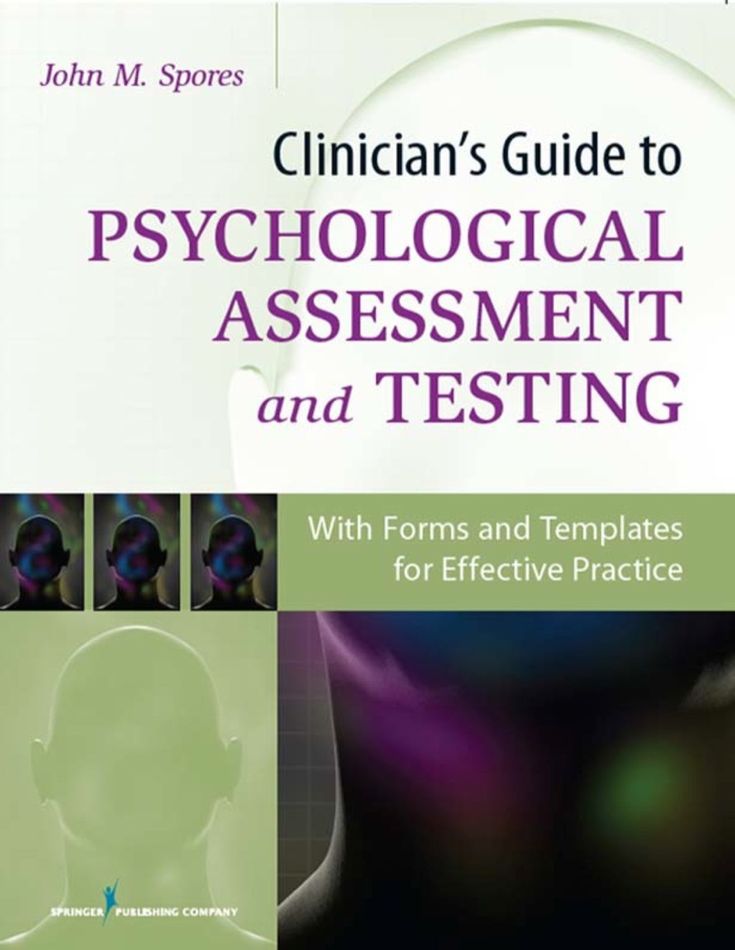 The basic score is the intelligence quotient (IQ), a comparison of the individual with the average score of his or her age group. Each of the 11 tests also has its own scale scores, which are conversions of raw scores dependent also on comparison to reference groups. The sum of scale scores are converted to three IQ scores: verbal, performance, and full-scale IQs. Mean IQ is 100 with an SD of 15; thus, two-thirds of all adults have an IQ between 85 and 115. Reliability coefficients are excellent in the mid-90's range. In terms of validity, there is a .50 correlation with school performance and a .85 correlation with the Stanford–Binet test of intelligence. The WAIS-R takes approximately 90 minutes to administer and requires a competent tester.
The basic score is the intelligence quotient (IQ), a comparison of the individual with the average score of his or her age group. Each of the 11 tests also has its own scale scores, which are conversions of raw scores dependent also on comparison to reference groups. The sum of scale scores are converted to three IQ scores: verbal, performance, and full-scale IQs. Mean IQ is 100 with an SD of 15; thus, two-thirds of all adults have an IQ between 85 and 115. Reliability coefficients are excellent in the mid-90's range. In terms of validity, there is a .50 correlation with school performance and a .85 correlation with the Stanford–Binet test of intelligence. The WAIS-R takes approximately 90 minutes to administer and requires a competent tester.
A physician who wants to rule out an organic brain syndrome may call upon neuropsychologic testing. This is particularly true when a CT scan is negative in the presence of suspicious symptomatology (early Alheizmer's disease), in assessing the relative importance of organic versus psychologic variables in the behavior of trauma victims, and in differentiating between dementia and depression in the elderly.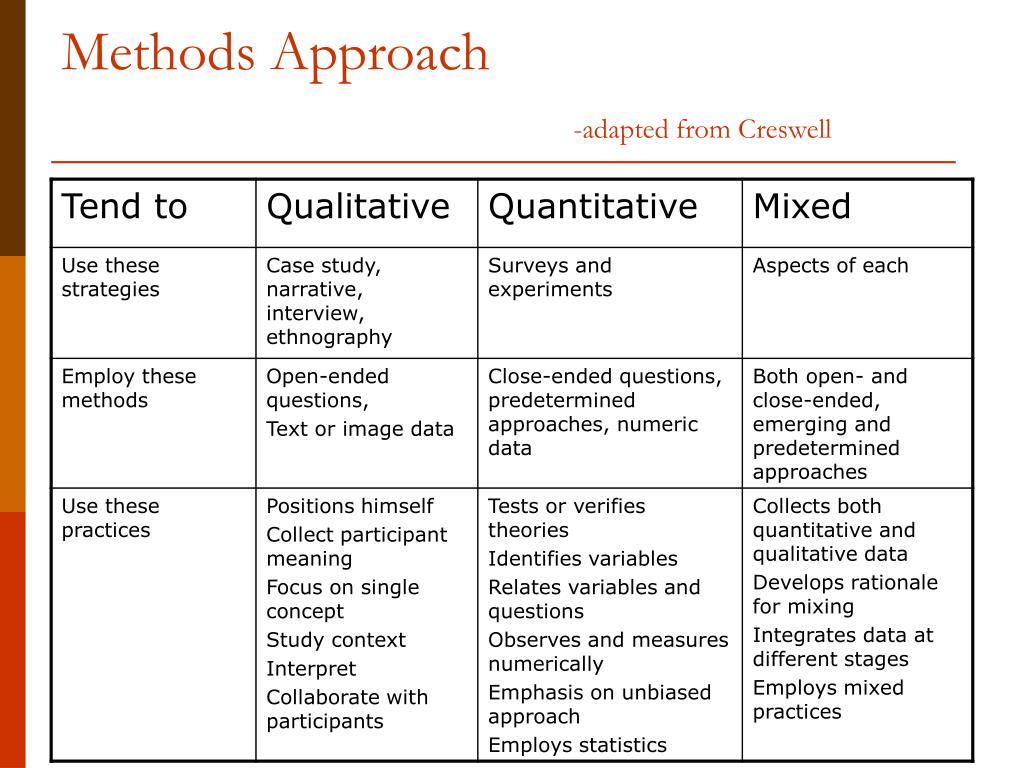 For cases in which an intense work-up for neurologic deficits is required, the patient should be referred to a specialist for neuropsychologic assessment. Since this procedure can be costly and time-consuming, the physician may want to screen first for the presence of a brain dysfunction. Most psychologists are well trained for this task. We will briefly describe two neuropsychologic tests that are useful for screening purposes. We do not necessarily endorse them as the best available, but only those with which we have familiarity.
For cases in which an intense work-up for neurologic deficits is required, the patient should be referred to a specialist for neuropsychologic assessment. Since this procedure can be costly and time-consuming, the physician may want to screen first for the presence of a brain dysfunction. Most psychologists are well trained for this task. We will briefly describe two neuropsychologic tests that are useful for screening purposes. We do not necessarily endorse them as the best available, but only those with which we have familiarity.
The first test is the Aphasia Screening Test adapted by Reitan (1984) from the Halstead/Wepman Aphasia Screening Test. It assesses several areas of dysfunction including dysphonia, dyslexia, spelling and constructional dyspraxia, and dyscalculia. The test uses the sign approach, that is, positive findings have distinct and definite significance, but normal performance cannot rule out organicity. Anyone with a basic grade school education is capable of answering every item correctly.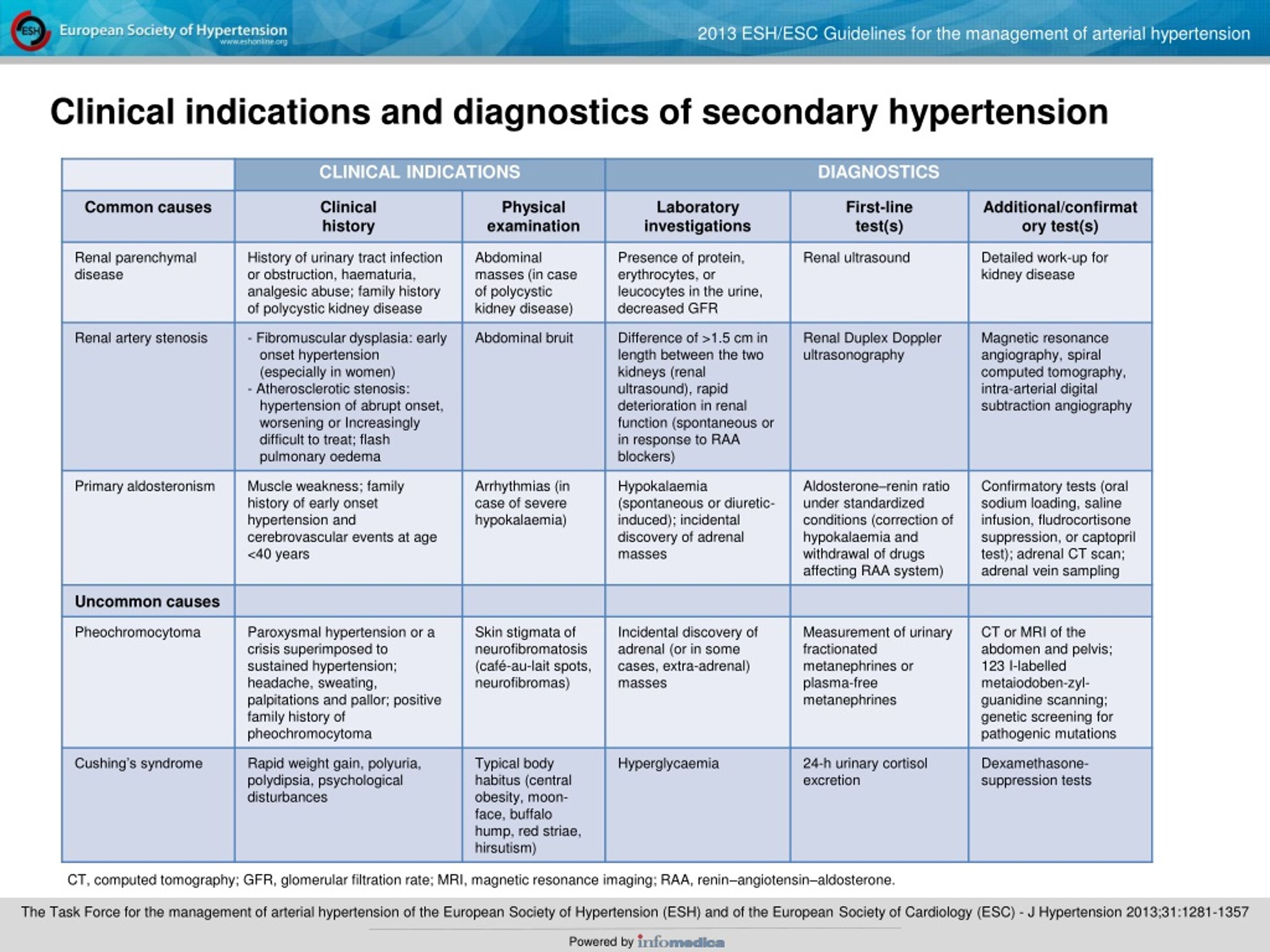 The test is simple to administer and consists of 32 items that do not usually require more than 20 minutes to complete. The second, called the Category Test, is the most powerful in the Halstead/Reitan test battery. It consists of 205 stimuli and is divided into seven subtests. The Category Test assesses central processing, abstraction, and reasoning. The cutoff score is 51 errors. While Reitan recommends the use of a slide presentation with his own design projector and feedback system, DeFillipis and McCampbell (1979) have designed a much simpler method of presentation. Their Booklet Category Test (BCT) is portable, requiring only two loose-leaf notebooks and an answer sheet. They report .91 correlation between the BCT and the Category Test. There are two major criticisms of the Category Test: there is no normative data, and reliability has not been adequately studied. One study did report a test–retest correlation of .93.
The test is simple to administer and consists of 32 items that do not usually require more than 20 minutes to complete. The second, called the Category Test, is the most powerful in the Halstead/Reitan test battery. It consists of 205 stimuli and is divided into seven subtests. The Category Test assesses central processing, abstraction, and reasoning. The cutoff score is 51 errors. While Reitan recommends the use of a slide presentation with his own design projector and feedback system, DeFillipis and McCampbell (1979) have designed a much simpler method of presentation. Their Booklet Category Test (BCT) is portable, requiring only two loose-leaf notebooks and an answer sheet. They report .91 correlation between the BCT and the Category Test. There are two major criticisms of the Category Test: there is no normative data, and reliability has not been adequately studied. One study did report a test–retest correlation of .93.
Clinical Significance
The Rorschach describes personality structure, offering a multidimensional picture of the individual's current functioning and potential.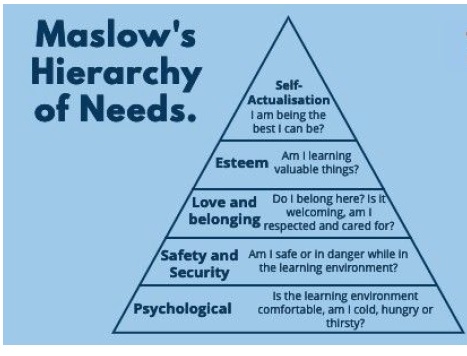 As Korner (1960) states, the Rorschach shows the personality at work. There are several scoring systems for the Rorschach, most being based on four major categories: location, determinants, content, and the use of populars and originals. The location, or area of the response, yields information about the respondent's ability toward perceptual organization, abstraction, and synthesis. Determinants of the response refer to those qualities that produce it, such as form, shape, and color. They are tied to such personality variables as emotionality, impulsivity versus control, and openness versus constrictiveness. The content of the block reveals the personal meanings, attitudes, and interests of the respondent. Originals and populars are related to the respondent's creativity, reality testing, and conventionality, among other variables.
As Korner (1960) states, the Rorschach shows the personality at work. There are several scoring systems for the Rorschach, most being based on four major categories: location, determinants, content, and the use of populars and originals. The location, or area of the response, yields information about the respondent's ability toward perceptual organization, abstraction, and synthesis. Determinants of the response refer to those qualities that produce it, such as form, shape, and color. They are tied to such personality variables as emotionality, impulsivity versus control, and openness versus constrictiveness. The content of the block reveals the personal meanings, attitudes, and interests of the respondent. Originals and populars are related to the respondent's creativity, reality testing, and conventionality, among other variables.
Whereas the Rorschach presents personality structure and organization, the TAT reflects the content of personality, including needs, pressures, conflicts, values, and interest.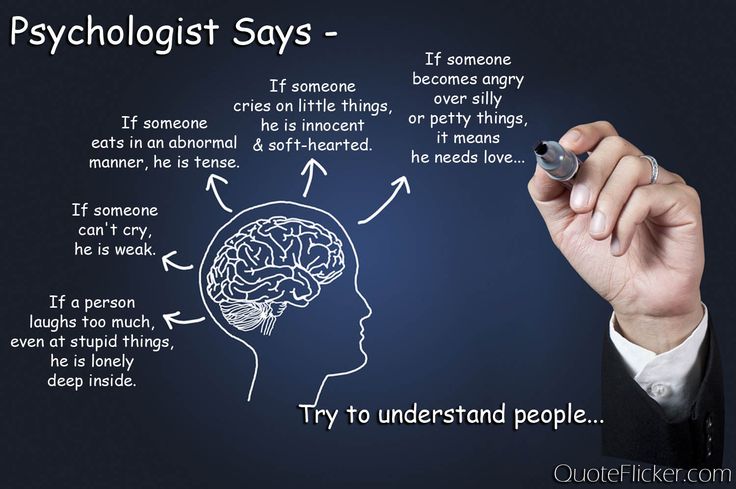 There are instances in which the content of a given TAT story is so revealing of the patient's difficulties that it would be reported verbatim in the psychologic report. Certain cards are said to "pull" specific types of themes: Card 1, attitudes toward authority; Card 4, attitudes toward heterosexual relationships; and Card 5, relationships with the mother figure. Also, diagnostic groups tend to have a certain orientation toward the stories. Obsessive–compulsives may be pedantic. Depressives may have short stories with monosyllabic words. Schizophrenics may have disjointed or delusional content.
There are instances in which the content of a given TAT story is so revealing of the patient's difficulties that it would be reported verbatim in the psychologic report. Certain cards are said to "pull" specific types of themes: Card 1, attitudes toward authority; Card 4, attitudes toward heterosexual relationships; and Card 5, relationships with the mother figure. Also, diagnostic groups tend to have a certain orientation toward the stories. Obsessive–compulsives may be pedantic. Depressives may have short stories with monosyllabic words. Schizophrenics may have disjointed or delusional content.
There are three approaches to interpretation of the MMPI: single scale, statistical, and clinical. Many physicians who order the MMPI are doing so because they are comfortable with the single scale approach. This involves looking at an elevated scale and making assumptions about the patient. As stated, there are eight clinical scales: HS (hypochondriasis), D (depression), HY (hysteria), PD (psychopathic deviant), PA (paranoia), PT (psychothemia), SC (schizophrenia), and MA (hypomania).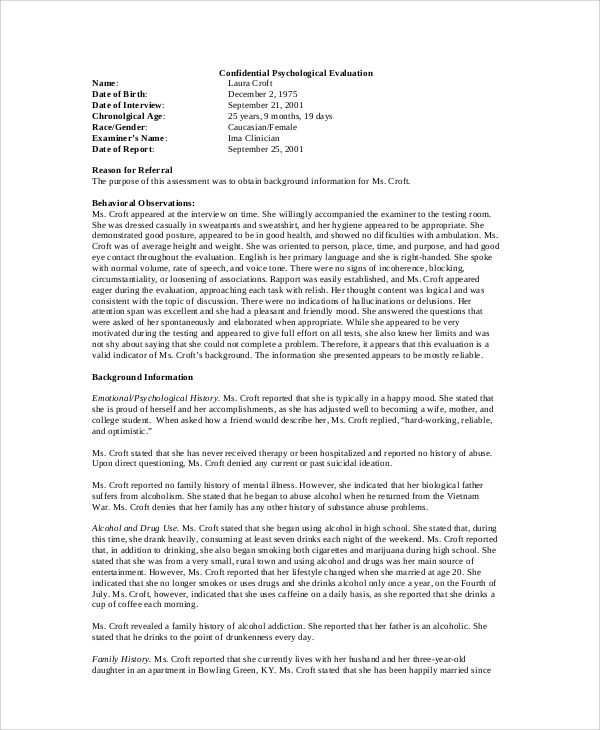 Although space does not permit a description of all these scales, elevations of each are associated with a diagnostic grouping related to a cluster of symptoms; for example, elevated HS is associated with an immature person with lack of insight who tends to complain about his or her health. Interpretation of single scales must be taken with great caution. The scales were devised to fit with the Kraepelin System of diagnosis, which is outmoded. For instance, there is no longer a diagnostic grouping of psychopathic deviate. Each of the scales has a much different meaning in relation to more modern classifications.
Although space does not permit a description of all these scales, elevations of each are associated with a diagnostic grouping related to a cluster of symptoms; for example, elevated HS is associated with an immature person with lack of insight who tends to complain about his or her health. Interpretation of single scales must be taken with great caution. The scales were devised to fit with the Kraepelin System of diagnosis, which is outmoded. For instance, there is no longer a diagnostic grouping of psychopathic deviate. Each of the scales has a much different meaning in relation to more modern classifications.
The statistical approach for interpretation involves code types. A code type is a particular correlation of elevated clinical scales (e.g., 2 through 7). A large sample of patients are given the MMPI. They are grouped by similarity in code types. These groupings are then correlated with clinical and demographic data, the notion being that patients with similar MMPI profiles will manifest similar problems.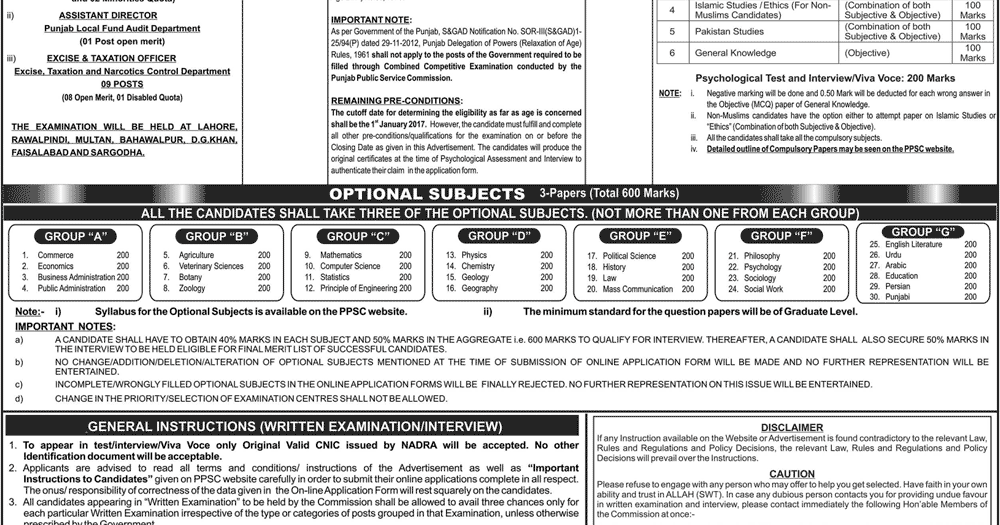 The difficulty with this approach, often called the "cookbook" approach, is that the data do not tend to generalize to other settings.
The difficulty with this approach, often called the "cookbook" approach, is that the data do not tend to generalize to other settings.
The third approach to MMPI interpretation is the clinical approach. The expert clinician depends on his or her knowledge of personality dynamics, case history, and current environmental circumstances to formulate hypotheses as to psychologic difficulties of the respondent. The MMPI computer-generated report uses this type of approach. One has to be extremely cautious in relying too heavily on the report because its author has no firsthand knowledge of the respondent. The clinical psychologist administering the MMPI will use the clinical approach but seldom in isolation without other tests, or at least a clinical interview.
The Rotter Incomplete Sentence Blank is a screening device. We have found it useful as a way of obtaining content information similar to that of the TAT in patients who were too threatened or too depressed to take on the challenge of making up stories. Rotter has given several suggestions for interpretation in addition to a reliable scoring system. The adjusted person tends to produce stems that are more neutral and flippant. The statements tend to be short, concise, and humorous. The maladjusted individual tends to write longer sentences that are complicated and emotionally charged. A frequent theme is that nobody understands them.
Rotter has given several suggestions for interpretation in addition to a reliable scoring system. The adjusted person tends to produce stems that are more neutral and flippant. The statements tend to be short, concise, and humorous. The maladjusted individual tends to write longer sentences that are complicated and emotionally charged. A frequent theme is that nobody understands them.
It is not unusual for physicians to question the use of intelligence testing on their patients. The common assumption is that the test is not relevant to differential diagnosis. Contrary to this assumption, the intelligence test is an essential part of any test battery. First, the general level of intelligence will determine how much the patient is capable of understanding and therefore cooperating in his treatment. In other words, how concrete or simplified need the physician be in his or her instructions? Second, the intelligence test is a broad-based screening for organicity. The Verbal Scale IQ has been related to left hemisphere functioning and Performance Scale to right hemisphere.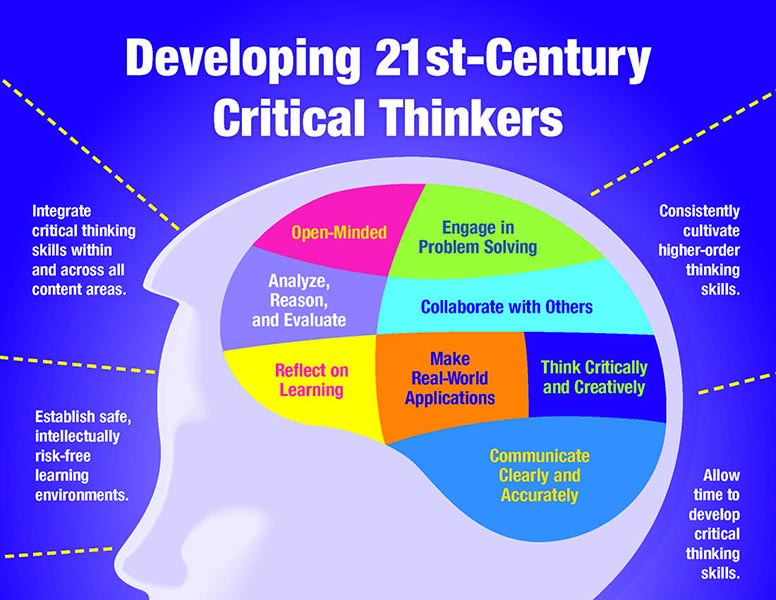 A significant difference of approximately 15 points between these two IQs requires more intense assessment. A dramatic difference between a given subscale mean and the mean for that scale may also be cause for concern. A third important use of the results of the intelligence test is its relationship to aspects of personality functioning. As an example, current state of anxiety can be related to subscale scores on digit span and picture completion. Loose association on the similarity or comprehension subtest may be associated with a psychotic process.
A significant difference of approximately 15 points between these two IQs requires more intense assessment. A dramatic difference between a given subscale mean and the mean for that scale may also be cause for concern. A third important use of the results of the intelligence test is its relationship to aspects of personality functioning. As an example, current state of anxiety can be related to subscale scores on digit span and picture completion. Loose association on the similarity or comprehension subtest may be associated with a psychotic process.
In the course of ordering psychologic consultation, if there is any question of the presence of brain dysfunction, the physician may want to order screening in the form of the Category Test and Aphasia Screening Test. The Category Test is the most powerful of the Halstead/Reitan battery. It is essentially a processing test assessing abstraction and reasoning. The Category Test measures level of performance and offers no information concerning localization.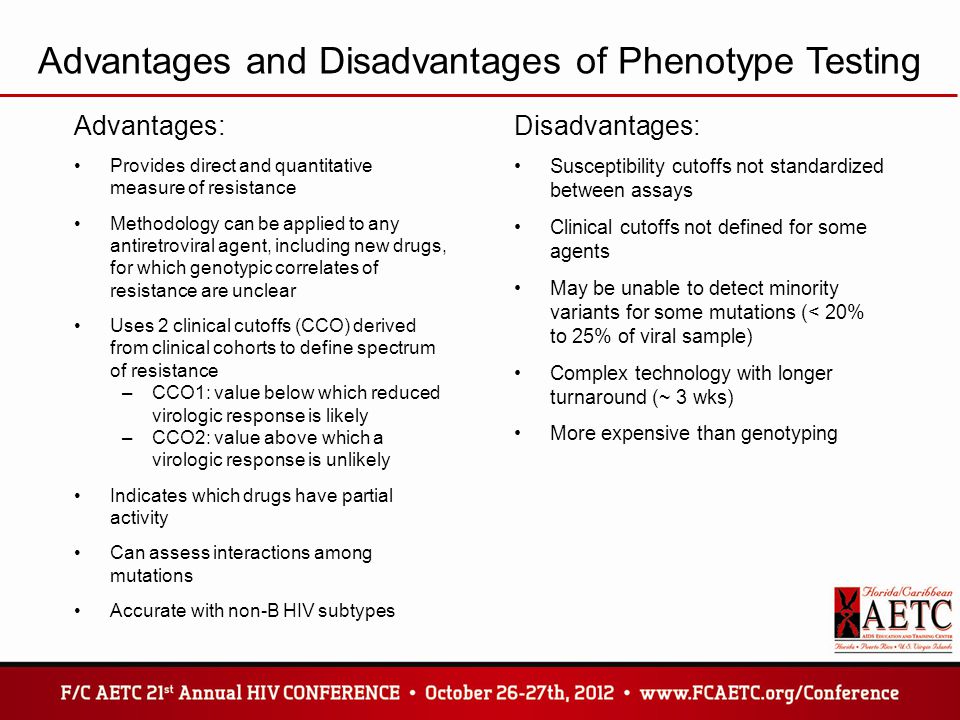 Further differentiation in terms of severity, location, or specificity requires more intense evaluation. A quick screening for localization would be the Aphasia Screening Test. It assesses both left and right hemisphere functioning with respect to language ability. If the respondent cannot copy correctly, we might suspect a right hemisphere lesion. On the other hand, if he or she cannot name an object, we might think about a left hemisphere lesion. In the use of this test there will be many false negatives but few false positives.
Further differentiation in terms of severity, location, or specificity requires more intense evaluation. A quick screening for localization would be the Aphasia Screening Test. It assesses both left and right hemisphere functioning with respect to language ability. If the respondent cannot copy correctly, we might suspect a right hemisphere lesion. On the other hand, if he or she cannot name an object, we might think about a left hemisphere lesion. In the use of this test there will be many false negatives but few false positives.
The physician usually receives the results of psychologic assessments in the form of a psychologic report. There are a variety of formats, so we will describe a typical one. The report will usually be about 2 to 3 typed pages, long enough to do the raw data justice but not so long as to impinge upon the valuable time of the physician. The first section will be a description of the presentation of the respondent and his or her test-taking behavior. The next section will describe the respondent's intellectual functioning, strengths and weaknesses, and the presence of organic symptoms.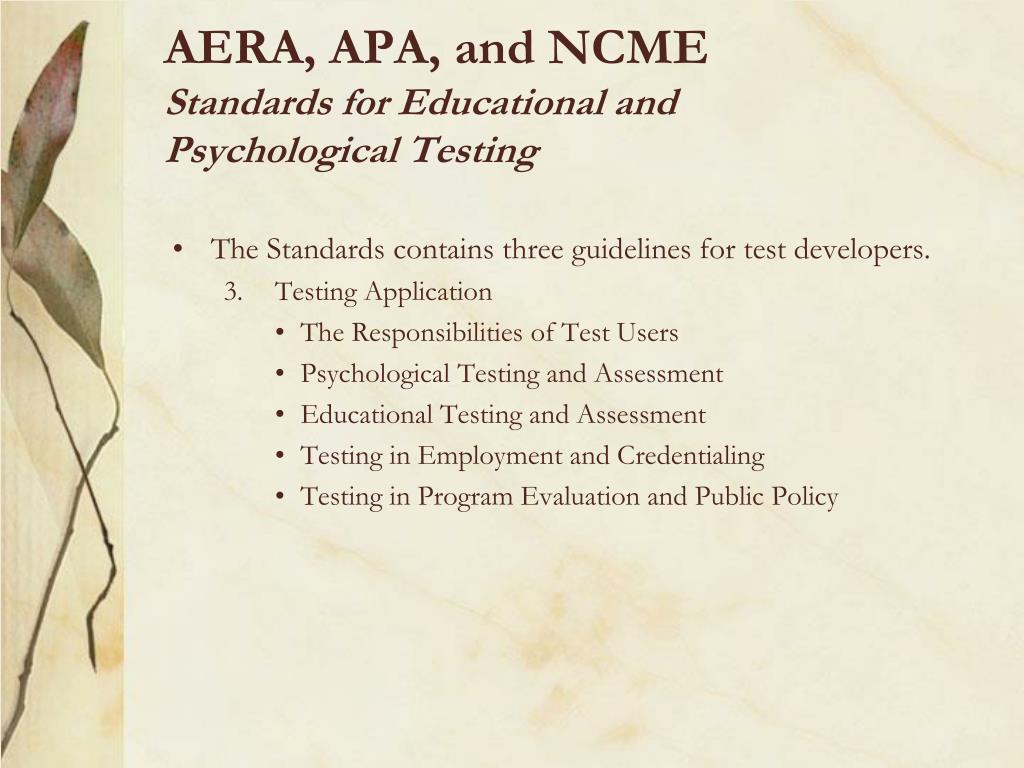 The third section is an overview of the respondent's current emotional and social functioning that may include samples of actual test responses as examples. In a final section, the psychologist summarizes the findings and offers recommendations. Interpretation of findings in psychologic test batteries largely depends on the clinical acumen of the psychologist. The organization and synthesis of test data require much skill and knowledge of personality dynamics. Each of the tests has a unique contribution to the overall clinical picture, but none can stand by itself. Thus, the psychologist must determine what is relevant, what is internally consistent, and what is central or irrelevant to diagnosis and intervention.
The third section is an overview of the respondent's current emotional and social functioning that may include samples of actual test responses as examples. In a final section, the psychologist summarizes the findings and offers recommendations. Interpretation of findings in psychologic test batteries largely depends on the clinical acumen of the psychologist. The organization and synthesis of test data require much skill and knowledge of personality dynamics. Each of the tests has a unique contribution to the overall clinical picture, but none can stand by itself. Thus, the psychologist must determine what is relevant, what is internally consistent, and what is central or irrelevant to diagnosis and intervention.
References
DeFilippis NA, McCampbell E. The manual for the Booklet Category Test. Odessa, FL: Psychological Assessment Resources, 1979.
Exner JE. The Rorschach: a comprehensive system. Vol. 2. New York: Wiley, 1978.
*Freeman FS.
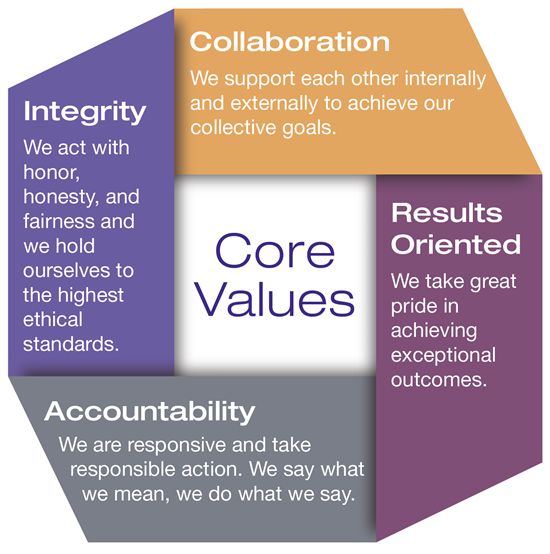 Theory and practice of psychological testing. New York: Holt, Rineholt & Winston, 1962.
Theory and practice of psychological testing. New York: Holt, Rineholt & Winston, 1962.Goldfried MR, Stricker G, Winer LB. Rorschach handbook of clinical and research applications. Englewood Cliffs, NJ: Prentice-Hall, 1971.
Harrison R. Thematic Apperception Test. In: Wolman B, ed. Handbook of clinical psychology. New York: McGraw-Hill, 1965;562–620.
*Hathaway SR, McKinley JC. Minnesota Multiphasic Personality Inventory: users guide for the Minnesota report. University of Minnesota, 1982.
*Jarvis PE, Barth JT. Halstead-Reitan Test Battery: an interpretative guide. Odessa, FL: Psychological Assessment Resources, 1984.
*Korner AF. Theoretical considerations concerning the scope and limitations of projective techniques. In: Murstin BI, ed. Handbook of projective techniques. New York: Basic Books, 1960;23–24.
MacInnes WE, Forch JR, Golden CJ. A cross-validation of a booklet form of the Category Test.
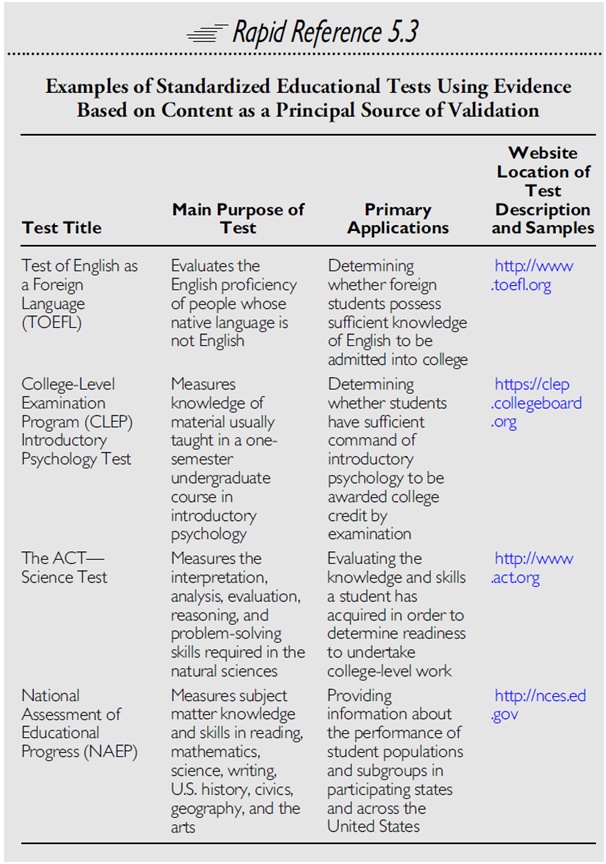 Clin Neuropsychol. 1981;3:3–5.
Clin Neuropsychol. 1981;3:3–5.Mauger PA. Predicting response to treatment using the MMPI. In: Butcher J, Dahlstrom G, Gynther M, Schofield W, eds. Clinical notes on the MMPI. Nutley, NJ: Hoffman-LaRoche, 1980.
Reitan RM. Aphasia and sensory-perceptual deficits in adults. Tucson: Reitan Neuropsychology Laboratories, 1984.
Rotter JB, Fafferty JE, Schachtitz E. Validating the Rotter Incomplete Sentence Test for college screening. In: Murstein BI, ed. Handbook of projective techniques. New York: Basic Books, 1960;859–72.
*Schneidman ES. Projective techniques. In: Wolman BB, ed. Handbook of clinical psychology. New York: McGraw-Hill, 1965;498–521.
Wechsler D. The WAIS-R manual. New York: Harcourt Brace Jovanovich, 1981.
Standardized Test - Experimental Group, Tests, and Subjects
A test administered to a group of subjects under exactly the same experimental conditions and scored in exactly the same way.
![]()
Standardized tests are used in psychology, as well as in everyday life, to measure intelligence, aptitude, achievement, personality, attitudes and interests. Attempts are made to standardize tests in order to eliminate biases that may result, consciously or unconsciously, from varied administration of the test. Standardized tests are used to produce norms—or statistical standards— that provide a basis for comparisons among individual members of the group of subjects. Tests must be standardized, reliable (give consistent results), and valid (reproducible) before they can be considered useful psychological tools.
Standardized tests are highly controversial both in psychological circles and particularly in education because true standardization is difficult to attain. Certain requirements must be rigidly enforced. For example, subjects must be given exactly the same amount of time to take the test. Directions must be given using precisely the same wording from group to group, with no embellishments, encouragement, or warnings. Scoring must be exact and consistent. Even an unwitting joke spoken by the test administrator that relaxes the subjects or giving a test in a room that is too hot or too cold could be considered violations of standardization specifications. Because of the difficulty of meeting such stringent standards, standardized tests are widely criticized.
Critics of the use of standardized tests for measuring educational achievement or classifying children are critical for other reasons as well. They say the establishment of norms does not give enough specific information about what children know. Rather, they reveal the average level of knowledge. Secondly, critics contend that such tests encourage educators and the public to focus their attention on groups rather than on individuals. Improving tests scores to enhance public image or achieve public funding become more of a focus than teaching individual children the skills they need to advance. Another criticism is that the tests, by nature, cannot measure knowledge of complex skills such as problem solving and critical thinking. "Teaching to the test"—drilling students in how to answer fill-in-the-blank or multiple-choice questions— takes precedence over instruction in more practical, less objective skills such as writing or logic.
Achievement tests, I.Q. tests, and the Stanford-Binet intelligence scales are examples of widely used standardized tests.
Houts, Paul L., ed. The Myth of Measurability. New York: Hart Publishing Co., 1977.
Wallace, Betty, and William Graves. Poisoned Apple: The Bell-Curve Crisis and How Our Schools Create Mediocrity and Failure. New York: St. Martin's Press, 1995.
Zimbardo, Philip G. Psychology and Life. Glenview, IL: Scott, Foresman, 1988.
Psychological testing - Psychologos
Psychological testing (section of psychodiagnostics) - the study of certain psychological qualities and personality traits through the use of psychological tests. Psychological testing is used in job selection, in psychotherapy and psychological counseling, etc.
A good psychologist (not necessarily with a psychology degree: it can be an experienced manager, a qualified personnel officer, an attentive psychiatrist) will tell you everything or almost everything about a person without any testing . Sometimes a conversation is enough for this, sometimes a conversation is not needed, just one look is enough: at a person’s face, at his gait, it is enough to hear the intonations of his conversation. However, there are few good psychologists, and you need to understand people, and this is where psychological tests come in handy.
What can and can't psychological tests do? The most difficult thing in a person to determine two seemingly elementary things: common sense and decency. Other psychological characteristics (extroversion, agreeableness, general intelligence, neuroticism, openness to experience) - it is quite possible to catch with the help of tests.
The main characteristics of psychological tests are validity, reliability, representativeness and reliability. Validity is the conformity of the results of a test to the characteristic it is intended to measure. Reliability - the property of a test to give close results when measured again. Reliability as internal consistency - the focus of all elements of the test scale on the measurement of one quality. Representativeness - the correspondence between the norms (intervals on the test scale) obtained on the sample and the norms that can be obtained on the population. Reliability - the property of the test to counteract falsification - intentional or unconscious distortion of the results by the subjects.
During development and testing, different researchers may change the number and composition of the test question, but in this case it is difficult to compare the results obtained by different researchers. Only over time, a standardized test is created - a psychological test with a clearly defined unchanging list of questions, instructions, methods for processing results and scoring. It takes more than 10 years of work of teams of authors to create an effective psychological test. The quality of the test is ensured by a multi-stage procedure for checking and standardizing its scales. Tests that have been adapted to Russian reality 19The 90s are few, so the choice of good psychological tests for personnel assessment is difficult.
Professional testing, or testing in personnel work - a method of selecting candidates for work. There are two main categories of tests in vocational testing: tests designed to assess the effectiveness of work performance, professional knowledge and skills; and tests designed to assess character traits and properties (special abilities) that contribute to effective job performance.
Psychological test - a standardized task (test), the results of which are used to judge the psycho-physiological and personal characteristics, knowledge, skills and abilities of the subject. Tests that judge the knowledge, skills and abilities of the subject occupy an intermediate position between psychological, educational and professional tests.
Personality tests ( Personality tests ) - tests of psychological testing aimed at studying the character, abilities, emotions, needs and other properties of the human personality. (See Classification of Psychotypes). Personality tests are divided into projective tests, personality questionnaires and activity tests (situational tests, cases).
Intelligence test - tests of psychological testing aimed at studying the degree of development of intelligence in a person.
Verbal test ( Verbal test ) - a test built on the use of the language, when the test person, performing the task, must not perform actions, but describe them in words.
Achievement test ( Achievement test ) is a standardized test designed on educational material and designed to assess the level of mastery of educational knowledge and skills.
Aptitude test - a psychological test aimed at identifying individual interests and preferences, helping to determine the most preferable job for a particular person.
When applying for a job, the imitation test and personnel performance are also often used as tests. The imitation test is a psychological test in which a person is asked to perform a task, although the situation in which the task is to be performed is not recreated. Personnel performance is a procedure where applicants are given a creative group task that requires teamwork and reveals such personal characteristics as willingness to take the initiative, responsibility, positive and constructive interaction.
Test results are often presented in the form of a psychogram ( Psychogram ), graphically depicting the results of the study of the mental activity of an individual using a series of tests.
Projective methods:
- Rorschach test
- Color psychology: Luscher color test, Freeling color analysis test,
- Image psychology: Markert's test - "What mood are you in?"
- Rosenzweig Frustration Test
Questionnaires:
- Rotter questionnaire (level of subjective control)
- Civilization Questionnaire
- Schmishek Questionnaire,
Tests
- Cattell test (16 PF questionnaire),
- Raven test,
- Socionic DV-Test,
- MMPI,
- diagnostic complex 7 (SAN, MMIL, SMIL, SMIL abbr.
, Cattell, Spielberger),
- Myers and Briggs type indicator (MBTI)
- self-esteem scale (Spielberger-Khanin),
- depression scale,
- Kelly software suite,
- interactive psychodiagnostics,
- repertory techniques,
- psychogeometry,
- methodology for studying intra-family relations
- NEO PI-R
- [[FIRO-B]]
- Leary Interpersonal Relationship Diagnostic
- Polygraph (lie detector)
- Handwriting analysis (graphology)
Useful links
- Website about psychological testing
- Psychological test site
- Psychology tests
- Encyclopedia of Psychodiagnostics
Social and psychological testing of students - ITMO.STUDENTS
Testing in social psychology is a standardized, usually time-limited test that measures the level of development or the severity of certain mental and personal properties of an individual, as well as the characteristics of groups or a community.
Tests can be very different in form and volume: verbal and non-verbal, projective. The tests used must be evidence-based and meet the criteria of representativeness, validity, accuracy, reliability. Testing can be done individually or in groups.
Every year, students are offered socio-psychological testing , which allows to identify exclusively psychological "risk factors" of possible involvement in addictive behavior associated with a lack of resources for the psychological "stability" of the individual.
Students will have to answer a series of questions designed to establish quantitative and qualitative individual psychological differences.
Testing allows you to study the characteristics of each student:
- the ability to control one's behavior;
- the ability to control one's emotions;
- addiction to any kind;
- readiness for thoughtless risk;
- desire for new sensations, their active search;
- the ability to resolve difficult life situations.
Basic principles for conducting socio-psychological testing:
- the principle of voluntariness: students give informed voluntary consent to undergo socio-psychological testing;
- of the principle of confidentiality: the results of socio-psychological testing are communicated only to the personally trained student who has passed the test;
- the principle of impunity: the results of socio-psychological testing are not the basis for the application of disciplinary measures;
- principle of assistance: according to the test results, you can seek help from a psychologist.
Based on test results, the participant may be offered a consultation with a narcologist.
Testing of learning educational organizations is carried out online.
Social and psychological testing is carried out in accordance with the order of the Ministry of Science and Higher Education of the Russian Federation dated February 20, 2020 No.


